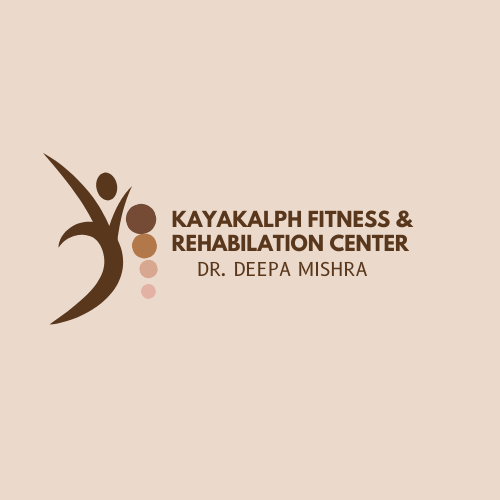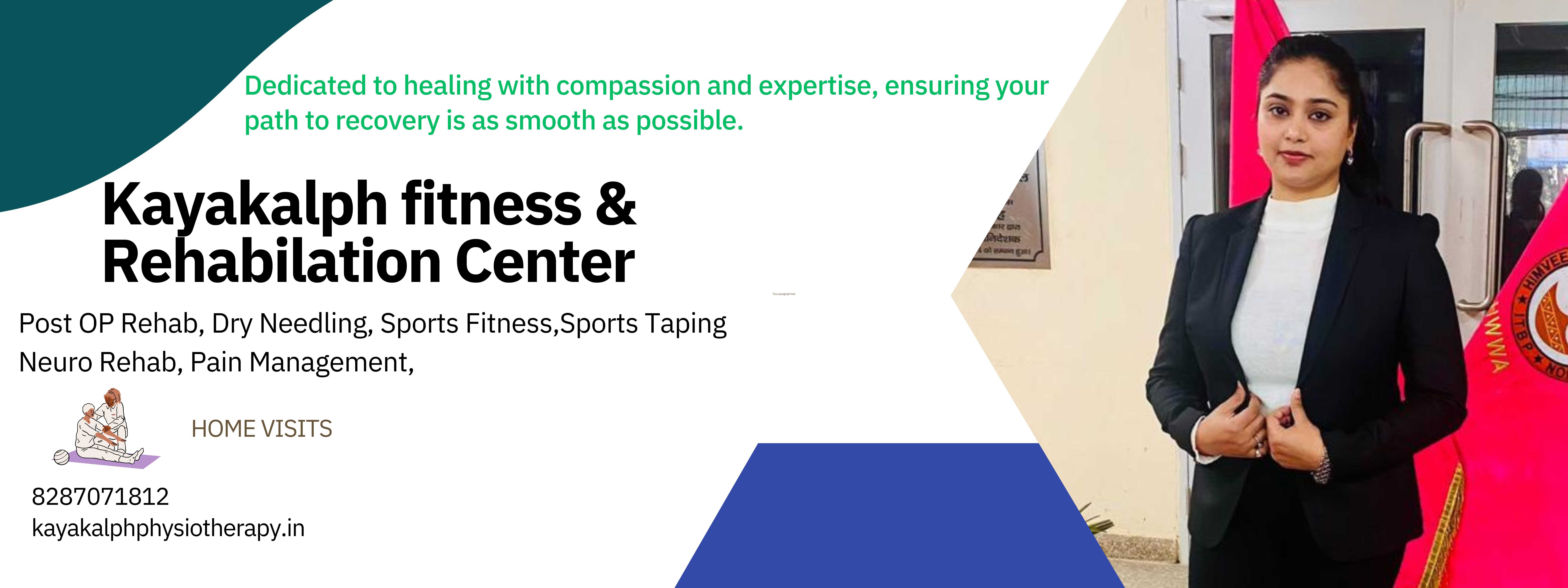Post-Operative Rehabilitation: Your Guide to a Speedy and Safe Recovery
Undergoing surgery is a significant event, and the recovery process is just as crucial as the procedure itself. Post-operative rehabilitation (post-op rehab) plays a vital role in ensuring a smooth recovery, reducing complications, and restoring function. Whether you’ve had orthopedic surgery, cardiac surgery, or another procedure, a well-structured rehab plan can make all the difference.
The Importance of Post-Op Rehab
Post-operative rehabilitation is designed to:
- Enhance Healing – Proper movement and therapy stimulate blood flow and tissue repair.
- Reduce Pain and Swelling – Targeted exercises and treatments help alleviate discomfort.
- Prevent Complications – Rehab can lower the risk of infections, blood clots, and muscle atrophy.
- Restore Mobility and Strength – Gradual progress helps regain function and independence.
Stages of Post-Op Rehabilitation
- Immediate Post-Operative Stage (0-2 Weeks)
- Focus on wound care, pain management, and gentle movements.
- Controlled exercises to prevent stiffness and blood clots.
- Use of assistive devices if needed (e.g., crutches, braces).
- Early Recovery Phase (2-6 Weeks)
- Introduction of physical therapy exercises tailored to the surgery type.
- Increased movement and weight-bearing as tolerated.
- Gradual weaning off assistive devices.
- Strengthening and Conditioning (6-12 Weeks)
- More advanced exercises to rebuild strength, balance, and endurance.
- Functional training to regain daily activity independence.
- Continued pain management and flexibility exercises.
- Long-Term Recovery and Maintenance (3+ Months)
- Return to normal activities and sports, if applicable.
- Emphasis on lifestyle modifications to prevent re-injury.
- Ongoing physical therapy if necessary.
Tips for a Successful Recovery
- Follow Your Doctor’s Guidelines – Adhere to prescribed therapy and medication.
- Stay Active, but Don’t Overdo It – Gradual progression is key.
- Listen to Your Body – Pain is a signal; don’t push through excessive discomfort.
- Maintain Proper Nutrition – A healthy diet supports healing.
- Stay Hydrated – Essential for muscle function and tissue repair.
- Keep Up with Follow-Ups – Regular check-ins with your healthcare provider ensure progress.
Conclusion
Post-operative rehabilitation is a critical component of the healing process. A structured rehab plan, guided by healthcare professionals, can optimize recovery, minimize complications, and restore function. Remember, patience and consistency are essential for a full recovery. By following your rehabilitation plan diligently, you can regain strength, mobility, and quality of life efficiently and safely.

